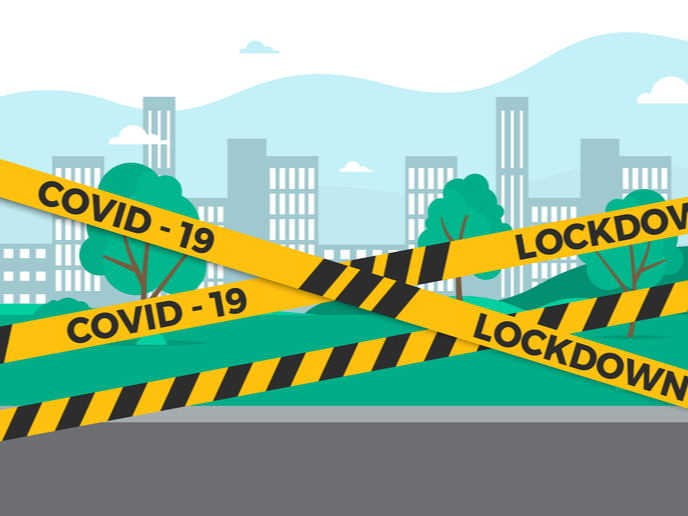Investigating Europe’s life-saving lockdown policies
While government policies requiring citizens to stay at home or temporarily close their businesses had one key purpose, to stop the spread of SARS-CoV-2, they also benefited the world in another way. As a result of this unique global response, many cities around the world experienced a sharp drop in air pollution. But did exposure to lower air pollution levels ultimately affect mortality rates worldwide? To answer this question, researchers supported by the EU-funded EXHAUSTION project conducted a study(opens in new window) estimating the drop in air pollution levels and the related number of deaths avoided during the first wave of the coronavirus pandemic. Their findings were published in the journal ‘Scientific Reports’. The study advances scientific knowledge by analysing the impact of specific lockdown measures in reducing urban concentrations of 4 pollutants across 47 European cities. The pollutants in question are nitrogen dioxide (NO2), ozone (O3), and particle matter with an aerodynamic diameter smaller than 2.5 µm (PM2.5) and 10 µm (PM10). It then estimates the number of avoided deaths for 46 of the cities during the period. The researchers used new modelled data from the Copernicus Atmosphere Monitoring Service (CAMS)(opens in new window) to compare air pollutant concentrations in the cities from February to July 2020 under two emissions scenarios: business-as-usual and lockdown. With this information, they estimated city-specific changes in the daily concentration of each pollutant type. Changes in pollution levels were then linked to the strictness of government lockdown measures in each of the cities.
Stricter measures, less pollution
According to the EXHAUSTION-supported study, stricter lockdown policies were more effective in reducing air pollution. Substantial decreases in NO2 levels were mostly linked with measures that limited the daily commute travels. However, despite the significant drop in road transport emissions, PM2.5 and PM10 levels were reduced more modestly since they are also produced by natural sources. Closed schools and cancelled public events played a big role in increasing O3 concentrations during the lockdown scenario, while restrictions on gatherings contributed to lower O3 levels. Interestingly, policies banning internal movement and international travel did not seem to have much impact on urban air pollution levels. The study shows that the observed decrease in urban air pollution levels may have resulted in hundreds of premature deaths being avoided across Europe. Based on the estimates for NO2, O3, PM2.5 and PM10, a total of 486, 37, 175 and 134 deaths, respectively, were potentially avoided across the 46 cities (except Pristina, in Kosovo). Paris, London, Barcelona and Milan were amongst the top six cities with the highest number of avoided deaths for NO2 and PM, while the highest excess deaths(opens in new window) for O3 were found in London and Paris. “The findings are extremely significant as they consolidate the quantitative evidence that the COVID-related government measures had a direct effect on air pollution levels [in] areas across Europe, particularly for NO2,” observes study co-author Dr Vincent-Henri Peuch of CAMS in a ‘EurekAlert!’ news release(opens in new window). “Beyond the analysis of the mortality during the first months of the pandemic, this study could help shape future policy as the public health benefits of reducing pollution in our cities and the effectiveness of certain measures are clear to see.” The EXHAUSTION (Exposure to heat and air pollution in EUrope – cardiopulmonary impacts and benefits of mitigation and adaptation) project ends in May 2023. For more information, please see: EXHAUSTION project website(opens in new window)



